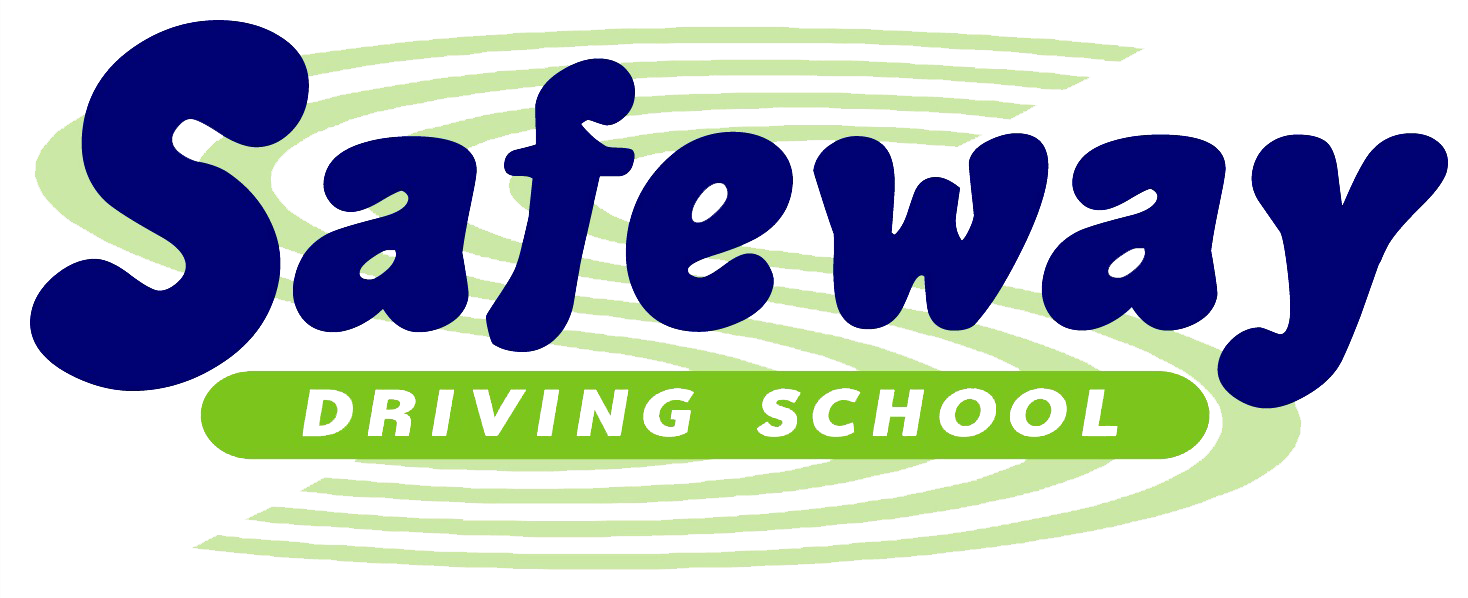Be a Role Model
Your teen is watching you behind the wheel. They’ll imitate your driving habits—good or bad. Commit to safe driving practices like using turn signals, obeying speed limits, avoiding distractions, and always wearing a seatbelt. What they see, they’ll repeat.
Common risky behaviors to avoid in front of your teen:
- Texting or using your phone while driving
- Speeding, especially in residential areas
- Rolling stops or ignoring traffic signals
- Tailgating
- Racing yellow lights
Practice, Practice, Practice
Driving is a complex skill that takes time and repetition to master. The more time your teen spends behind the wheel with you, the more confident and safe they’ll become.
Practice Tips:
- Start with short drives in empty lots or quiet streets
- Gradually increase difficulty: traffic, highways, nighttime, and weather conditions
- Use “commentary driving” to help them verbalize what they see and plan to do
- Give feedback often—praise the good and correct gently
- Don’t practice after a stressful day—wait until both of you are calm and focused
Set Rules & Enforce Consequences
Teens need clear expectations and boundaries, especially in their first year of driving. Consider setting up a written driving agreement with your teen that outlines rules and consequences.
Recommendations:
- Gradually increase driving privileges based on experience
- Discuss every drive—what went well, what was challenging
- Enforce consequences for unsafe behavior, even if inconvenient
- Consider using Minnesota’s Withdrawal of Parental Consent form if needed
- Talk about riding with other teen drivers—make safety the top priority
Suggested Graduated Privileges:
- Months 1–3: Daylight driving only, no passengers or music
- Months 4–6: Night driving with curfew, limited daytime passengers
- Months 6–9: Night driving with one passenger, music allowed
- Months 9–12: All road and traffic conditions, with weather check-ins

